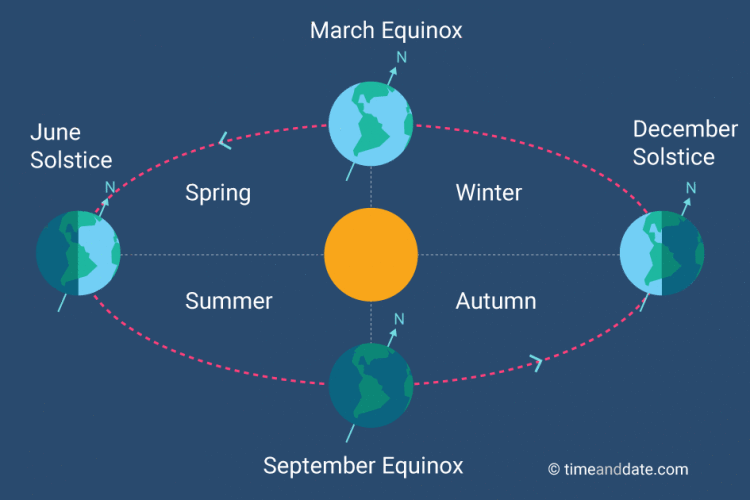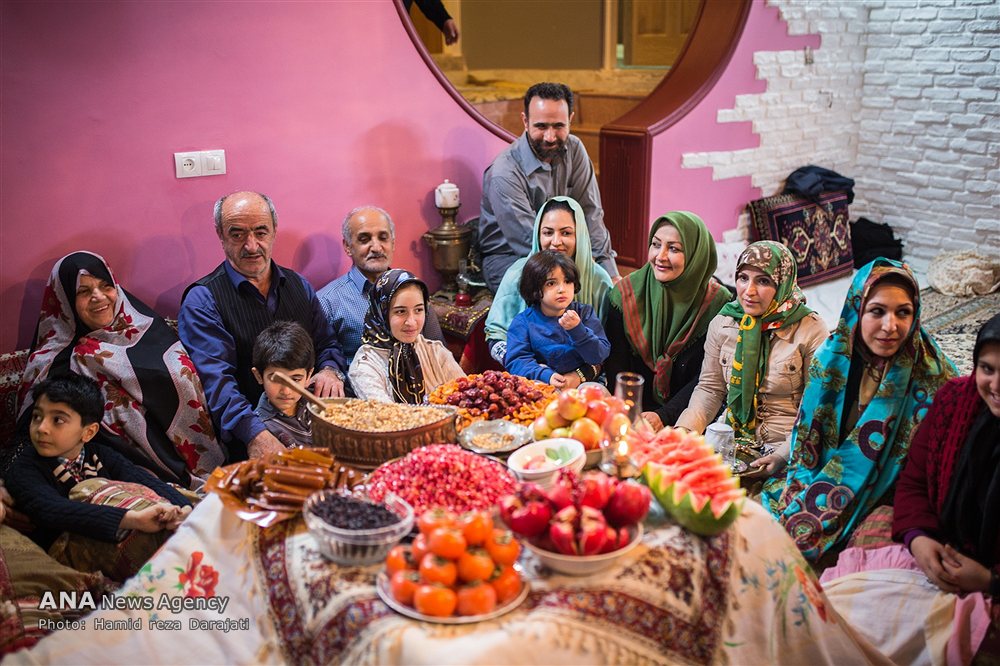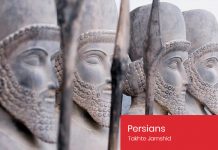
Traditional life in Iran is much aligned with the conditions of the planet relative to the sun and the moon. In the lunar calendar -the second calendar system used in Iran- the months are considered for religious behaviors such as fasting, haj, imam Hossein mourning, etc. In this calendar, the months are also calculated by the earth-moon conditions. Each month starts when the moon’s crescent could first be observed in the sky and each year includes 12 months. So, the lunar months happen in different seasons each year, e.g. sometimes people fast in the winter and sometimes in the summer.
Also, according to Islamic commands, many people pray three times a day -for the five prayers- adjusted by the sunrise, noon, and sunset varying all through the year. So, the religious people know the exact hours for the sun main positions and install mobile applications to notify and remind them on time. It’s also true for fasting hours during Ramadan.

The Persian calendar -Jalali calendar- also works according to the earth-sun conditions and this is the formal calendar in Iran. For example, the year starts just when the earth positions in vernal equinox and also, it’s winter when it’s the winter solstice. So, the first night of the winter (beginning of the month Dey) is the longest night in the year. This night is traditionally celebrated in Persian families as the Yalda night. It’s just a few days before the Christmas.

The families usually come together on Yalda to make the cold and long nights of winter warmer and more delightful. They talk to each other and usually, the elders tell about their old memories. They eat everything on this night, including nuts, fruits, etc. Especially pomegranate, persimmon, and watermelon are known as symbols of this night. Yes! Watermelons are kept from summer until winter in the fridge and sold by the groceries everywhere in the cities. The other typical part this night is reading old poems from popular Persian poets, especially Hafez. It’s called Faal, meaning everyone opens Hafez’s book randomly and reads the poem and finds a particular meaning for him/herself from that.











